If you ask the regular Joe which country has the best beer, they may answer Belgium, Ireland or Germany. Close enough, but the correct answer we’re looking for is Czech Republic.

The colourful history of beers and breweries in Czech is like the story of a phoenix that bursts into flames and rises up from the ashes multiple times over. Beer is very much a part of the country’s history that even some popular types of beer are named after Czech towns and regions. One king even made his people grow fonder of him, earning him the nickname of The Good King Wenceslas, for the simple act of convincing the Pope to revoke the ban on beer.
We will learn all of these and more in this article.
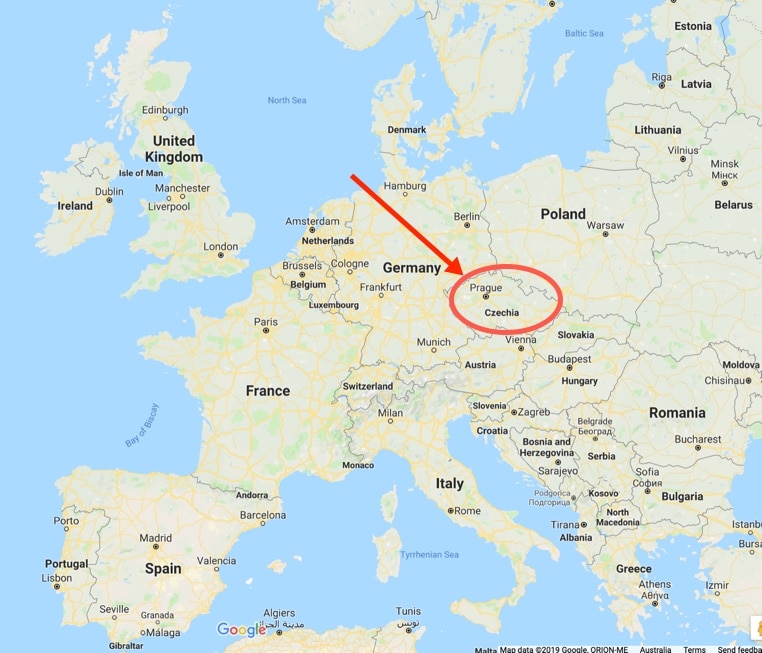
History of Czech Beer
Czechs were brewing beer even before the widespread migration of Slavs in the 6th century. The earliest confirmed record of brewed beer in Czech was in the year 993 at a Benedictine monastery in Prague under Czech Bishop Vojtěch. Monks at the Břevnov Monastery brewed beer for their own consumption. When monks and priests would fast during Lent, they could only consume liquids. A funny loophole to this was alcoholic beverages such as wine and beer. To warm their bellies, the monks would drink as much beer as they could.
There was a widespread ban on non-monastic beer, not only in Prague but in Europe. Beer, as an alcoholic beverage, was not seen as an evil thing; the drinking of beer was actually encouraged by the Church since the first miracle by Jesus was turning water to wine. However, the Middle Ages proved to be a time when sanitation was not a priority. Potable water was not in abundance and beer was the safer alternative. Still, not all homebrewed beer was safe. Thus, a ban was put in place by the Church. It was also a way for them to create a demand for monastery beer with proceeds used to build churches and to help the needy.
The Old Beer
When Czech was still divided into kingdoms, the kingdom of Bohemia was agriculturally favourable to hop cultivation. They have been cultivating high-quality hops as early as 859 AD and exporting the produce by the year 903. The hops were very expensive that anyone caught exporting cuttings, from which hops could grow from, was punishable by the law. Hundreds of years before hops were widely used in breweries in Britain, King Vratislav II ordered hops to be paid as estate tithe to the church which in turn were brewed into beer.
Don’t be mistaken though because the use of hops in beer was not as popular back then. The first Czech beers were not as good as today. The beer produced was cloudy and white, made from wheat. It was created using top-fermenting ale yeast which fermented at a warmer temperature. The wheat beer was called bilé pivo (white beer) or stare pivo (old beer).
Brewery Ban Lifted
In the year 1250, Pope Innocent IV ordered the 250-year ban on non-monastic brewery to be lifted in Prague. This decision was influenced by King Wenceslas, thus earning him sainthood and the title of Good King. He is now known as the patron saint of Czech brewers.
Breweries started popping up in cities and towns. Following the removal of the ban, some cities enjoyed obtaining the first brewery rights such as Svitavy in 1256, Ceske Budejovice in 1265, and Plzen in 1290. The brewing rights were vested mainly on noble families. As civil unrest grew, due to the economic upper hand of the nobilities, the 1517 Treaty of St. Wenceslaus ended the beer monopoly. Citizens were awarded with brewing rights and access to the town brewery.
During the Hussite Wars of 1421, the town of Kutná Hora in Central Bohemia fended off an invading army by bribing them with beer.
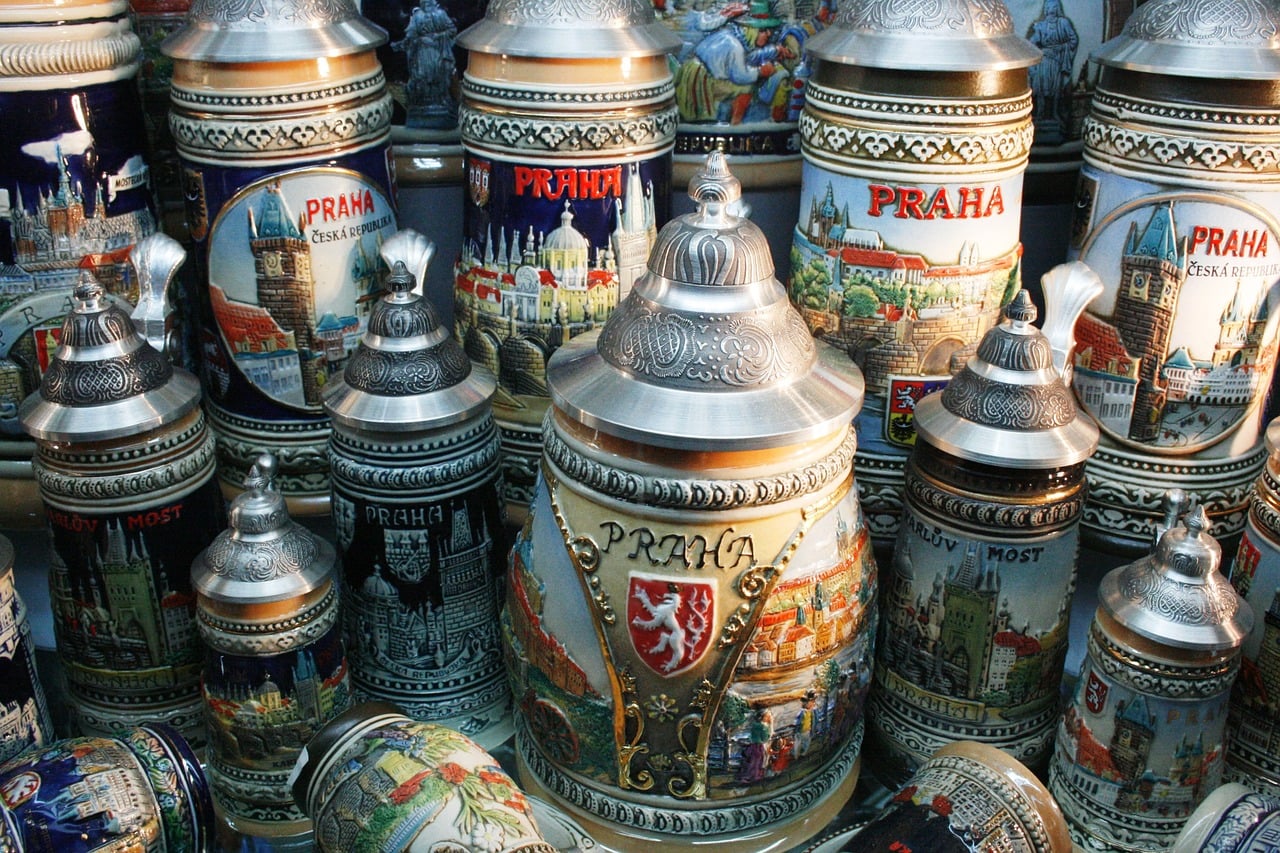
Beer in České Budějovice
In the 16th century, Czech beer was contributing to 87% of income of town and city coffers. Beer was exported to the neighbouring lands which spurred the famous rhyme “Unus papa Romae, una cerevesia Raconae” or “A Pope in Rome, a beer in Rakovník.”
A town in South Bohemia, České Budějovice, was exporting beer to the neighbouring land of Bavaria. The Bavarians found it hard to pronounce České Budějovice. They called the beer Budweis, after the German name of the town.
In 1795, the Bürgerliches Brauhaus Budweis brewery started using the term Budweiser to refer to their beer. In 1876, German citizen Adolphus Busch took the recipe with him to the US. He built a company and trademarked the beer under the name Budweiser in 1878. This caused many disputes on the naming of beers. To date, the South Bavarian brand can only be sold as Czechvar in the US and Canada while Anheuser-Busch can only sell as Bud in EU countries.
Beer in Plzeň
Development in transportation helped with the export of Bohemian beer, while the German kingdom of Bavaria was also exporting their beer in exchange. The taste and quality of the Bavarian beer was such a hit in Bohemia that many breweries switched their fermentation method by using bottom-brewing lager yeast.
In the town of Plzeň, a brewery employed Josef Groll who was from Bavaria. With experience and experimentation, a new type of beer was developed. The malt was dried on a different type of kiln that uses indirect heat. It was called Pilsner, a lager-type beer with a light gold colour. The method spread throughout Bavaria.
Pilsner was heavily exported and was favoured by the Austrian Empire. The Austrian Emperor even sent a master brewer to Mexico to teach them the Bohemian method of brewing. As an ode to its roots, Mexicans named the beer Bohemia. Despite breweries switching to this latest method of bottom-brewing, the town of Pilsen preserved the art of top-brewing.

Beer in Prague
Prague was famous for the two monasteries that produced the early beers of Czech. The first one was the Břevnov Monastery and the Strahov Monastery. Both monasteries produced three types of old beer of different qualities. One was for the monks, the second was for selling or for travellers and the third was for charity. Monks were rationed 4 litres of ale each day and more if they were fasting.
Today, the two monasteries are no longer inhabited by monks. They are leased out to private companies and monks are no longer brewing the high-quality beer found in Prague. There are at least 30 breweries in Prague that produce the world’s most exclusive and rarest bottled brews.
What is the local beer in Prague?
While Pilsner Urquell is the country’s leading beer, don’t shy away from other types of beer you may find in Prague. You are encouraged to explore and learn more about the variety of local beer. Drop by the two famous monasteries and sample each of their beer menus. Depending on the month you visit, you may even ask for recommendations of the best beer of the season. Try the amber lager, dark lager and the wheat beer.
If you wish to go a little further from town, try Hostinec U Tunelu for an honest-to-goodness home cooked meal and a pint of Konrad beer. Another great thing about visiting Prague is the number of beer gardens you can visit each day of the week! These are destinations on their own in the warm summer months should you want to just sit back, relax and enjoy the view of the city. Letná Beer garden gives you a sprawling view of the Old City and the Vltava River. The Vyšehrad Beer Garden offers meals with their selection of Gambrinus, Kozel beer or Pilsner beer.
How much is a beer in Prague?
Beer and restaurant food are comparatively cheaper in Czech than its neighbouring countries. So while in Czech, drink and dine to your heart’s content.
To have an idea, a pint of beer in Prague will only cost you 35 Czech Koruna. That is approximately 2.16 Australian dollars or 1.52 US dollars.
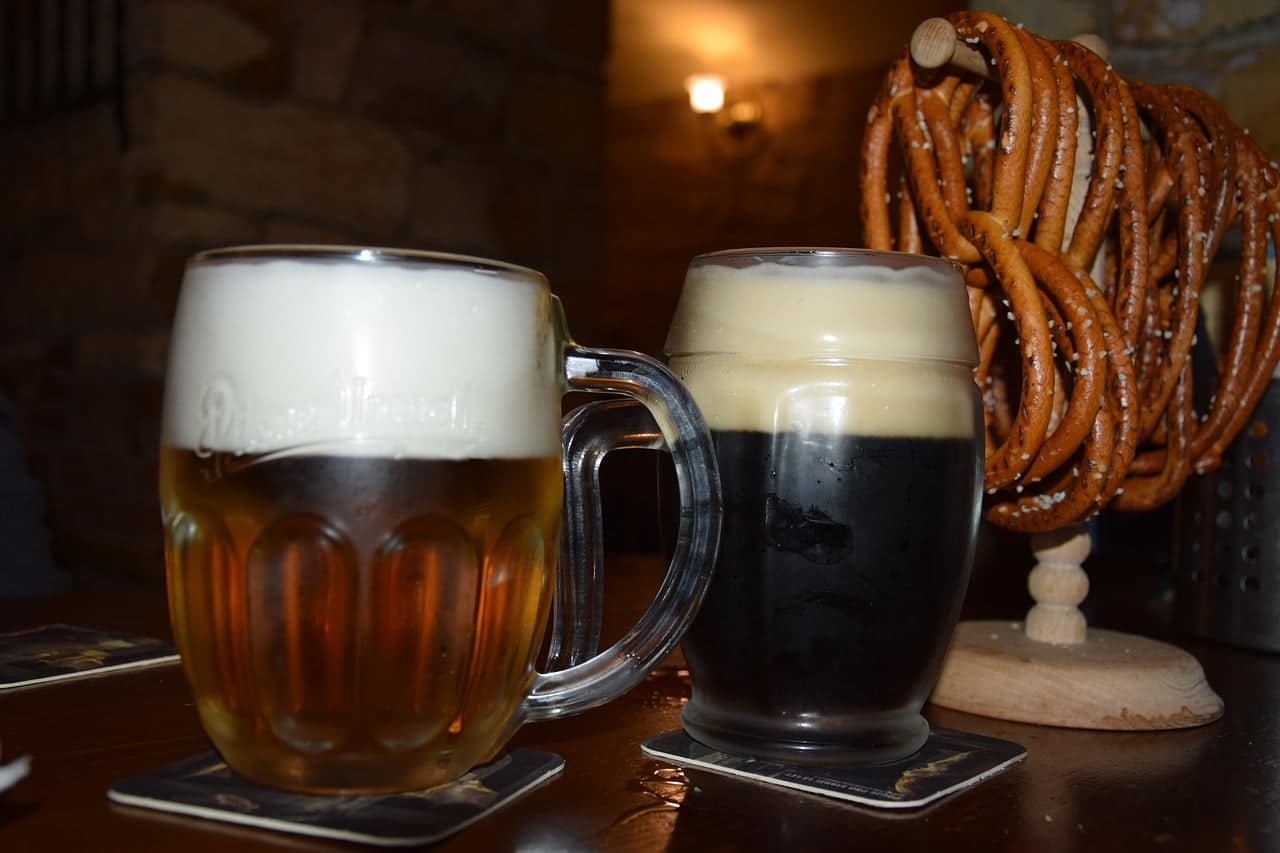
Beer in Brno and South Moravia
Moravia accounts for 96% of Czech’s vineyards. Wine is the main alcoholic beverage in these regions, dating back to when Moravia was a separate kingdom from Bavaria. This does not mean that beer wasn’t a welcome beverage in the region.
A man named František Ondřej Poupě is credited with the revolution of beer-making industry, not only in Czech, but in the world. Originally from Central Bohemia, he was sent to South Moravia to live with his brother as an apprentice brewer. From his years of experience, he developed methods on his own that turned brewing from art to science. He was the first to use a thermometer and hydrometer during every step in the process to maintain a standard. He used barley only for malting, as opposed to random and various grains.
Longstanding breweries are to be found along Brno and South Moravia. They produce excellent quality brews that have a foothold in the country’s beer industry. Various microbreweries are constantly popping up in these regions.
Rise and Fall of Beer
The era of communism was not a friend to the industry of beer in Czech. Beer was the preferred drink of labourers but breweries were closed or destroyed. Everything was under state control, even recipes. The price of beer remained low but choices were limited to pale lager or dark lager.
The breweries that were once very active remained closed for 40 years. This left the brewers unable to update or experiment with new methods. It’s the reason why Czech was able to preserve traditional beer-making methods.
In 1984, the communists almost doubled the price of beer. In the five years that will follow, communism will end with the Velvet Revolution. When capitalism was introduced to the Czech Republic in 1989, many breweries and pub would reopen. The price of beer, once again, would go down and encourage the economy. However, with limited capital and an even smaller margin of profit, many breweries could not keep up. Beer imports started coming in and mass-produced beer was plenty.
The government encouraged the revival of the beer industry. Strict regulations and taxation were loosened. Brewers were inspired by the popularity of craft beer and many have invented specialty beers. Three institutions are currently dedicated to the research and development of beer. Once again, Czech is at the top of the best beer manufacturers of the world.
You may say that beer is a way of life in Czech considering its contribution to society and history. Don’t be mistaken though, Czechs are not drunkards. Beer drinking is a way of bonding and socialising. You won’t see most bars open past midnight. Pubs, bars, restaurants and beer gardens open as early as five in the afternoon and it’s best to call for a reservation in advance.
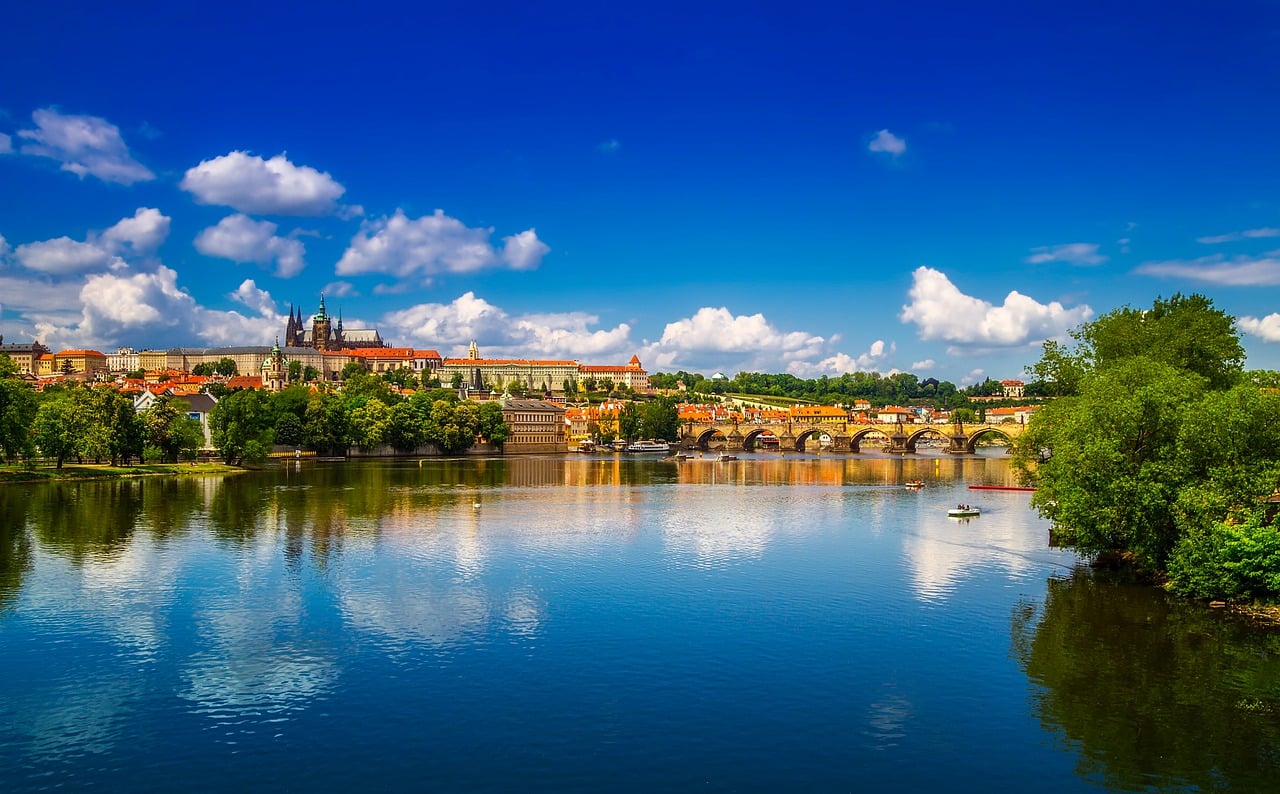
How many breweries are there in Czech Republic?
Today, there are 40 large-scale industrial breweries in the Czech Republic. In the most recent count, there are 435 breweries in the country including industrial breweries, microbreweries, restaurant-based breweries and other independent breweries. Some microbreweries even have a selection of more than a hundred concoctions.
Categories of Beer
Beer from the Czech Republic is mainly pilsner lager. Lager is a family of beer made from a type of yeast that ferments at a lower temperature in which the ferments settle at the bottom. Ale, the other family of beer, is still produced in Czech in the form of wheat beer but not as popular as the pilsner lager.
What do the degrees mean in Czech beer?
The Balling scale is the standard measurement of concentrated dissolved solids and sugars in a brewery wort. Four years ago, Czech beer regulations updated the naming and classification of beer according to its degree on the Balling scale.
- Výčepní or tap beer is brewed between 8 to 10 degrees. It is the most common type of beer in Czech.
- Světlé výčepní or light tap is a type of Pilsner brew that is light gold with a lower alcohol level.
- Tmavé výčepní or dark tap has a reduced alcohol level and is distinctly malty and sweeter with barely any bitterness to it.
- Ležák or lager is brewed between 11 to 12.99 degrees.
- Světlé ležák or light lager is a transparent rich gold with a malt body, bittersweet aftertaste and citrusy aroma. The Budsvar and Pilsen Urquell fall under this category.
- Tmavý ležák or dark lager is a growing export from Czech. The amount of hops is significantly reduced and dark malt is used. It’s darker and sweeter, often paired with cola, coffee, chocolate and ginger.
- Silné Pivo or speciáls are brewed over 13 degrees. Most speciáls are powerful lagers with 5 to 9% alcohol with very minimal hops aroma and taste.
- Lehké Pivo or light beer is very rare and is brewed below 8 degrees. It has less than 130kJ per 100mL
Top 10 Beers to Try in Czech Republic
- Pilsner Urquell
- Budweiser-Budvar
- Velkopopovický Kozel
- Staropramen
- Lobkowicz
- Černá Hora
- Krušovice
- Gambrinus
- Velvet
- Bernard
Beer Festivals in the Czech Republic
There are two main beer festivals in Czech Republic that happen in summer and in October.
- Pilsner Fest is held by the Pilsner Urquell Brewery in Pilsen which lasts for two days in October.
- Czech Beer Festival lasts for 17 days in Prague during summer, usually in May.
There are other festivals around the country that are also worth visiting. Beer festivals usually start during spring and will continue to pop up consecutively or simultaneously until the next year. The bulk of the festivals happen from spring to summer and in October.
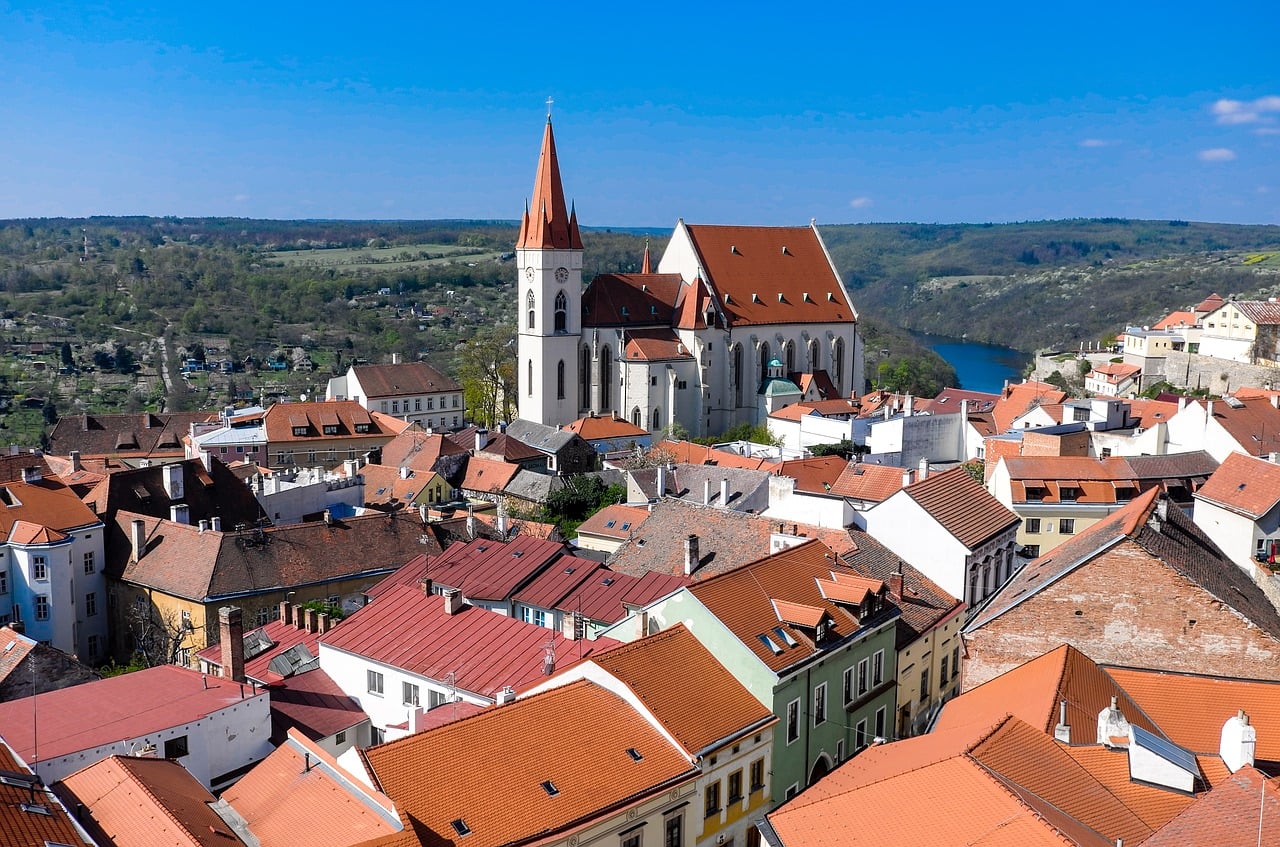
Beer Economy
Czechs are the largest consumers of beer in the world and they excel in its exportation as well. Forty percent of the beer produced in the country is made for export to Germany, England, Slovakia, Sweden and Russia. In 2016, Czech Republic exported a volume of 3.68 million hectolitres to the European Union. In total, Czech contributes 1.9% of the world’s beer exports.
Beer-centred tourism pulls in an impressive number each year. In 2012, Gross Domestic Product is boosted by the 0.8% coming in from beer production. Different taxes are paid by beer which totalled to about 28,506 million Czech korunas for that year. In 2016, tourists consumed 750,000 hectolitres of beer.
While there’s a small percentage of decline in the jobs and consumer spending from 2013 to 2014 that is attributed to the increase of microbreweries being opened, the production and consumption numbers remain strong. An impressive average of 144 litres of beer per capita is sustained while still making enough for export.
The jobs created by the beer industry alone is placed at 76,000 in the year 2014. The Czech Republic has the lowest unemployment rate in the whole of EU for many years and the beer industry has a significant contribution to it starting from agriculture to labour and service. The year 2018 saw the lowest unemployment rate in the country.
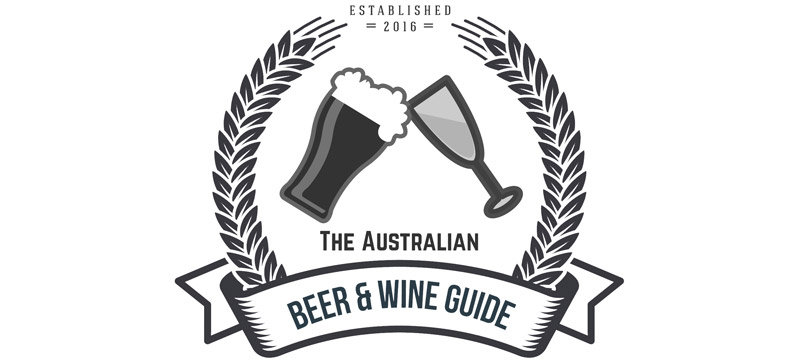
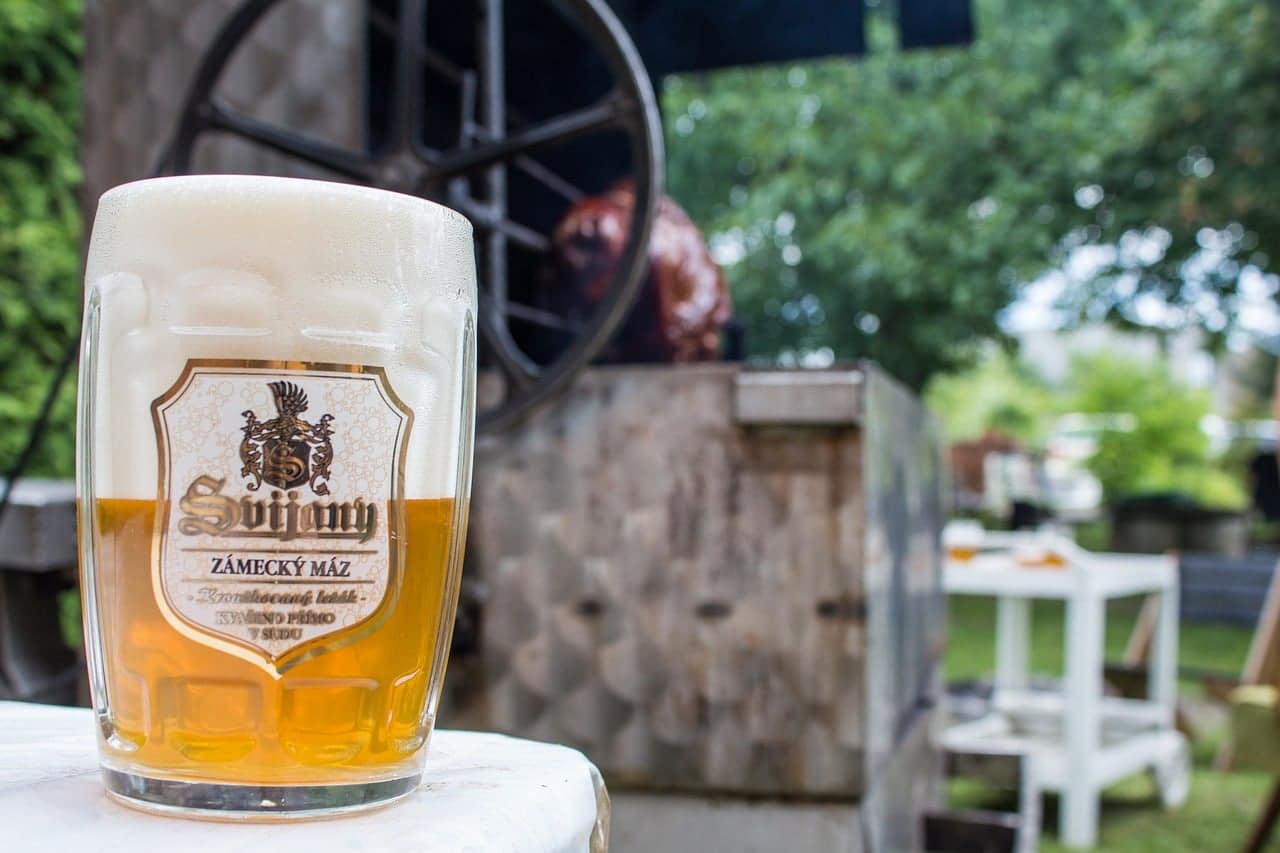
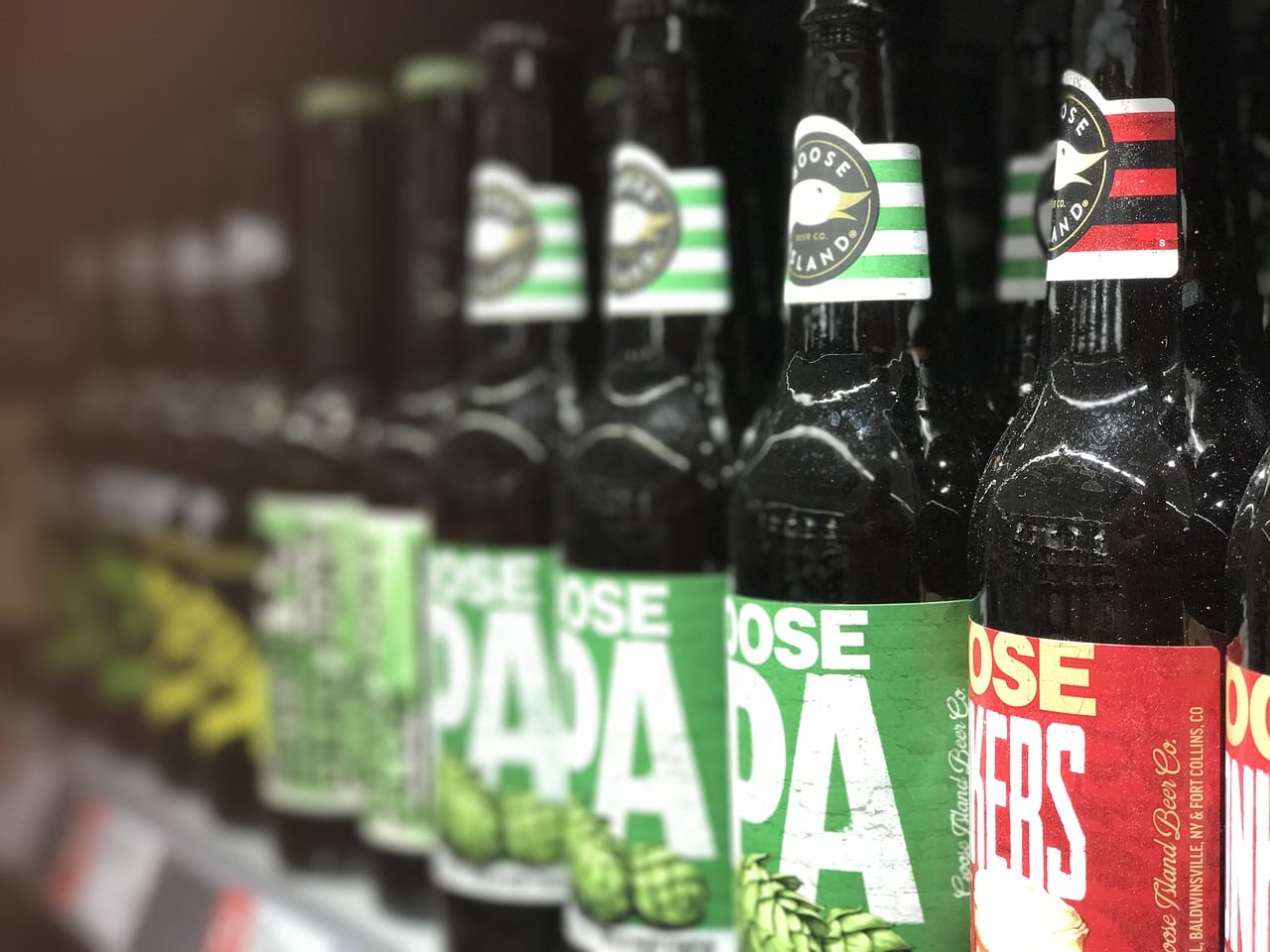


2 Comments
Thanks very much for linking to my article about František Ondřej Poupě, I appreciate it very much. 🙂
It’s a great post, so thank you. 🙂